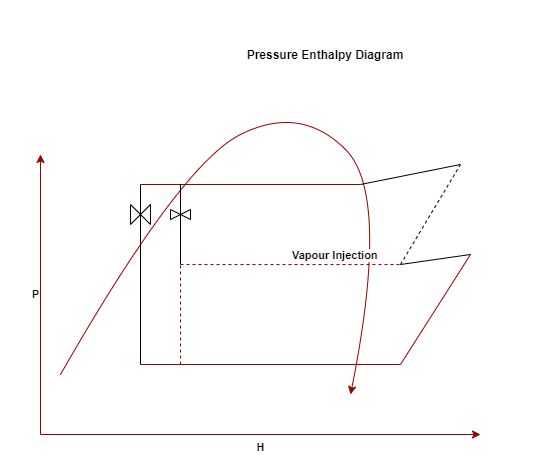Heat Pump
For the THEMAC system, a novel hybrid solar-assisted heat pump unit is designed and the heat pump performance is significantly enhanced by taking heat from the natural solar energy. The hybrid solar assisted heat pump is aimed to deal with hot water supply as well as space heating.
The system is deemed to be economically superior to electrical heating and solar-only systems and competitive with conventional energy-efficient fuel burning systems. Heat pumps combined with solar thermal have a superior seasonal performance factor for domestic applications. Solar thermal collectors convert solar radiation into thermal energy, in which a fluid such as air, water, glycol and etc., is used as a heat transfer medium.
The solar thermal system collects energy at low temperature and it may not work efficiently in direct heating, while this energy can be utilised as a source to the heat in winter. The solar collector-heat pump coupling results in lowering of the collector temperature which is generally maintained in a range of zero to 20℃ above the ambient air temperature.
A smaller size solar collector with higher efficiency and less cost as in the case of a solar assisted heat pump system collect about the same amount of energy as a bigger size collector with lower efficiency as in the case of a conventional solar heating system.






